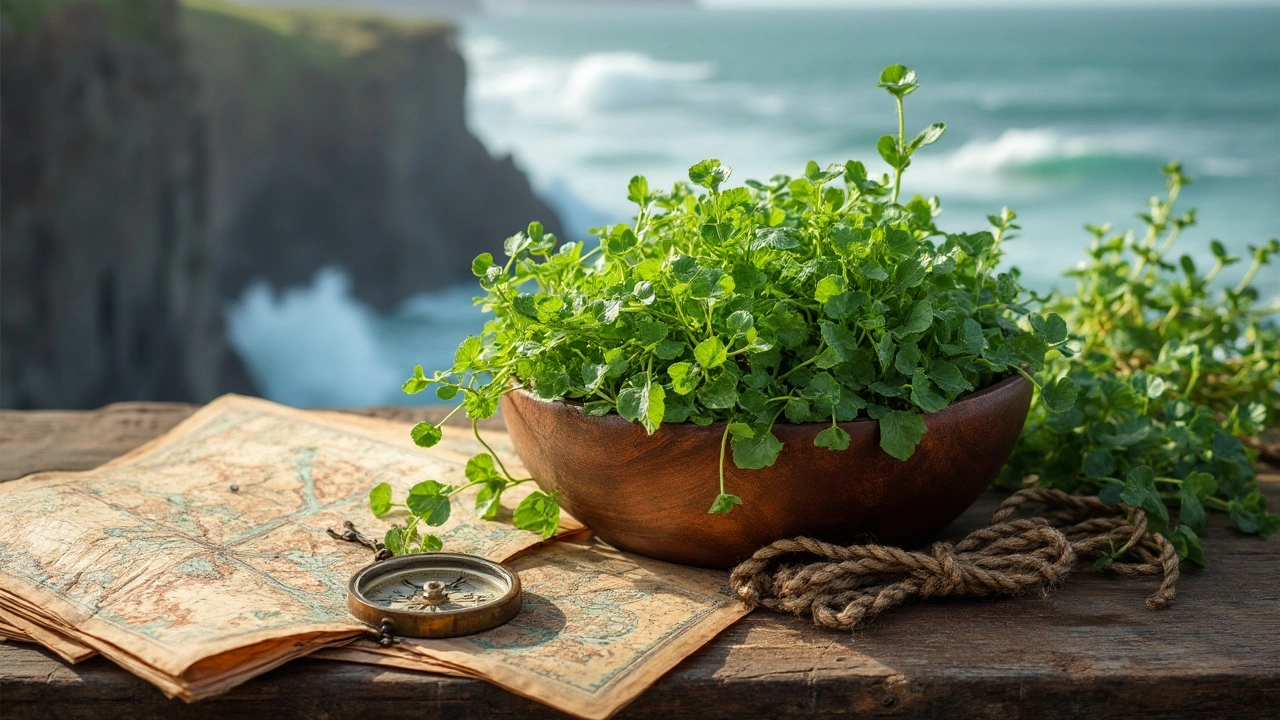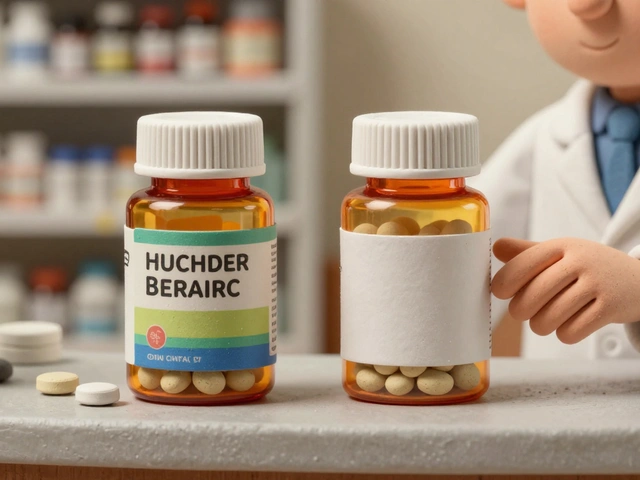Scurvy grass, once a lifeline for sailors and explorers, is making a big comeback as a modern dietary supplement. This article uncovers the wild history of this salty green, its mighty nutritional benefits, and exactly how you can work it into your everyday routine. If you want to level up your vitamin C and curiosity for ancient superfoods, give scurvy grass a closer look. Packed with facts, tips, and a few surprises, this article is the ultimate guide to scurvy grass in the 21st century.
Scurvy grass (Cochlearia) — what you need to know
Scurvy grass is a small coastal plant known for its high vitamin C and sharp, peppery leaves. Sailors used it for scurvy prevention centuries ago, and today people use it as a fresh herb, tea, or herbal product. If you’re curious about adding scurvy grass to your routine, this page gives practical tips on uses, sourcing, and safety without the herbal hype.
How people use scurvy grass today
Fresh leaves work like a salad herb. They add a citrusy, mustard-like kick to salads, fish dishes, and dressings. Try a few chopped leaves mixed with lemon and olive oil for a simple dressing. Some people steep dried leaves for tea; the flavor is bright and slightly bitter. Herbal supplements and tinctures are also available, marketed for vitamin C support and digestive comfort. Remember: these products vary. Fresh plants give a real food dose of vitamin C, while supplements concentrate certain compounds.
Scurvy grass contains vitamin C plus glucosinolates — plant compounds linked to bitter, mustard-like flavors and mild digestive effects. That combination explains both the taste and how some people find it helps with digestion. Use it as a flavor booster rather than a medical cure. If you want vitamin C for a deficiency, standardized supplements or dietary sources like citrus and berries are more reliable.
Safety, buying, and growing tips
Buy scurvy grass from trusted sellers. For fresh leaves, local farmers’ markets or specialty herb growers are best. For dried herb, tinctures, or capsules, pick brands with third-party testing or clear ingredient lists. Look for country of origin and drying methods. Avoid products that don’t list the plant name (Cochlearia officinalis) or that add unknown fillers.
Start small. Fresh leaves can be strong; a couple of leaves per salad is enough. Teas and tinctures should follow label directions. There’s no standard medical dose for scurvy grass. If you’re pregnant, nursing, taking blood thinners, or on prescription meds, check with your healthcare provider before using it regularly — herb compounds can interact with drugs or cause extra stomach upset for some people.
Growing it is easy if you live near the coast. Scurvy grass prefers well-drained soil, cool conditions, and some salt spray. Plant seeds or young plants in part sun and keep soil slightly moist. Harvest young leaves in spring for the best flavor. Store fresh leaves in the fridge wrapped in a damp paper towel for a few days, or dry them quickly for tea bags.
If you want to try scurvy grass, use it as a culinary herb first. Taste it, see how your body reacts, and only then try tinctures or capsules from reputable brands. Small steps keep things safe and useful.






